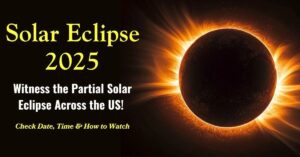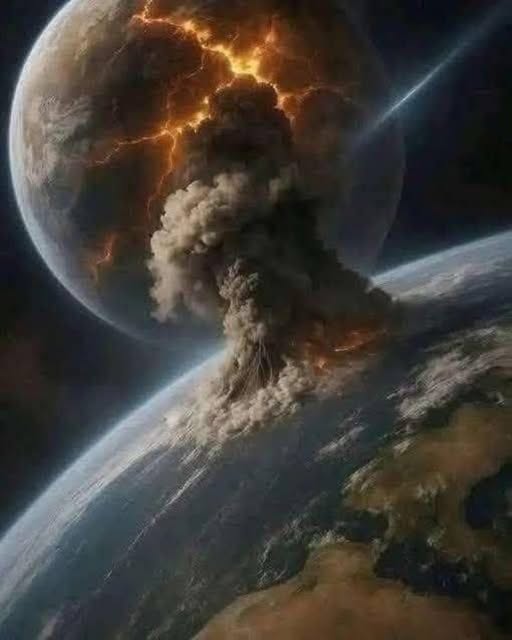There will be no total solar eclipse on August 2, 2025. Instead, a partial solar eclipse will occur on September 21, 2025. The confusion has arisen from a viral rumor about a total eclipse on August 2, 2025, which is actually the next major total solar eclipse scheduled for August 2, 2027, known as the “eclipse of the century” due to its long duration.
Solar Eclipse: NASA sets the record straight
NASA has confirmed that while solar eclipses are not unusual, a total eclipse will not occur on 2 August 2025.
Instead, there will be a partial solar eclipse on 21 September 2025. This kind of eclipse occurs when the Moon covers only part of the Sun. The result is a crescent-shaped Sun, not complete darkness. The agency explains that the partial eclipse will be visible only from certain parts of Africa, southern Asia, and Europe, and not from the Americas.
As NASA puts it, “Claiming that the entire Earth will be in darkness is scientifically impossible.”
The real date to watch for a total solar eclipse: 2 August 2027
The confusion seems to come from mixing up 2025 with 2 August 2027, the date of the next major total solar eclipse. And that one is worth the attention. Scientists and astronomers are already calling it the “eclipse of the century.”
The 2027 eclipse will last 6 minutes and 23 seconds, making it the longest land-visible total eclipse since 1991. For comparison, most total eclipses last between 2 and 4 minutes.
This one’s path will cut across 11 countries, stretching 9,462 miles across a 160-mile-wide band. Countries along this path include:
- Spain
- Gibraltar
- Morocco
- Algeria
- Tunisia
- Libya
- Egypt
- Sudan
- Saudi Arabia
- Yemen
- Somalia
Outside this narrow strip, many regions will see a partial eclipse. Others will see nothing at all.
What makes the 2027 solar eclipse so long?
Three specific astronomical conditions will combine to extend the eclipse’s totality.
First, Earth will be near aphelion, the point in its orbit farthest from the Sun. That makes the Sun appear smaller in the sky.
Second, the Moon will be near perigee, its closest point to Earth. That makes the Moon appear slightly larger.
Third, the eclipse’s path lies close to the equator, where the Moon’s shadow moves more slowly across Earth’s surface. This slower shadow speed means the eclipse will last longer at each point along the path.
The result? A rare alignment of conditions creating one of the longest eclipses of the century.

What happens during a total solar eclipse?
A total solar eclipse unfolds in stages.
It starts when the Moon begins covering the Sun.
As the totality phase hits, the Sun is fully blocked, and daylight fades into sudden darkness. Temperatures can drop, and wildlife often reacts as if it’s night.
Then, as the Moon moves on, the Sun re-emerges.
During totality, the Sun’s corona, the outer atmosphere, becomes visible, glowing around the dark disc of the Moon. This is when skywatchers may spot bright stars and planets in broad daylight. The “diamond ring” effect and Baily’s beads, flashes of sunlight through the Moon’s valleys, mark the transition points into and out of totality.
